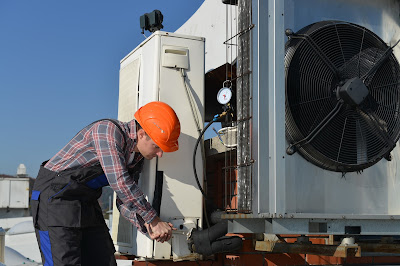Something in the air

One of the main topics at last week's CIBSE Building Performance Conference and Exhibition , indoor air quality is fast being recognised as a priority concern in the world of wellbeing. But in a field where marginal gains are everything, being on top of your data is very important Arie Taal from the Department of Mechanical Engineering at The Hague University has produced research into eliminating faults in HVAC using a BMS Carbon Dioxide based demand control ventilation (DCV) can reduce heating/cooling loads by up to 30% and fan power consumption by up to 35%. DCV maintains the CO2 concentration in a room within an appropriate range by adjusting the supply air flowrate. CO2-based DCV is the most commonly used control method with CO2 sensors installed in the main return air duct. Nowadays, the increased requirement for smart buildings, combined with a decrease of CO2 sensor prices, has resulted in buildings being equipped with more sensors. A common issue occurs when one of

